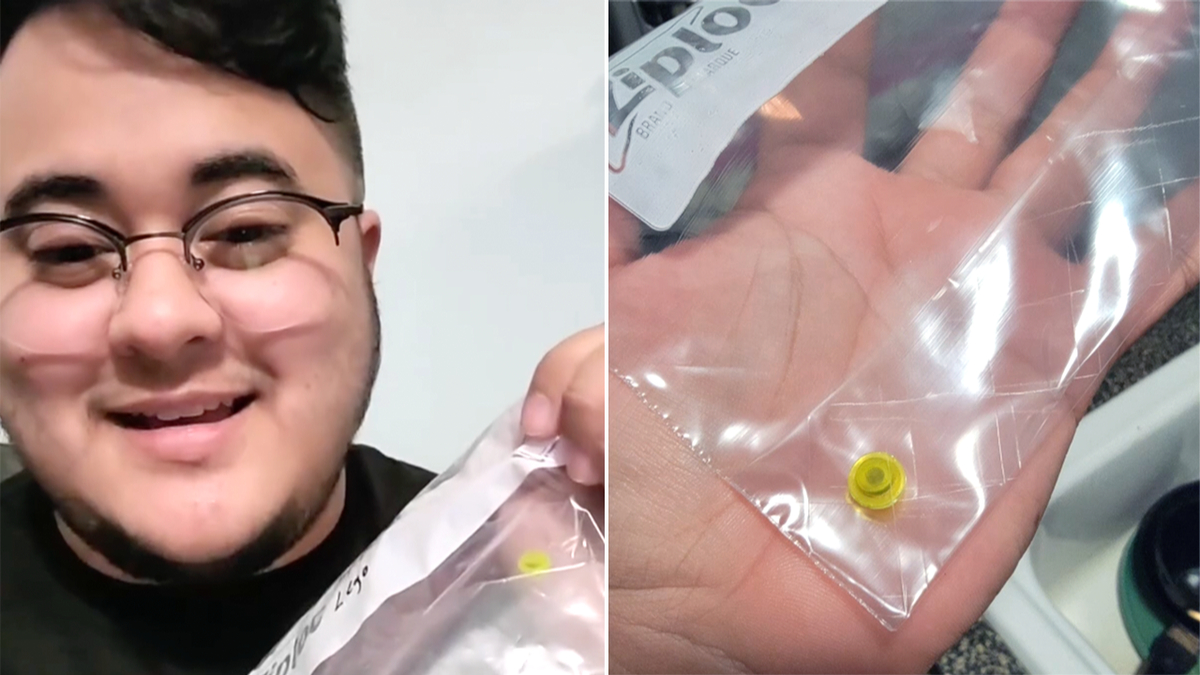In a bizarre twist of fate, Ben Havoc, a Filipino man living in Arizona, recently made a surprising discovery—he had unknowingly harbored a small LEGO piece in his nose for 26 years. Havoc took to Instagram to share his unusual childhood story, recalling an incident from the 1990s when he, as a curious six-year-old, stuck a tiny dot-shaped LEGO brick up his nose.
“I had the greatest idea to take one of those little dot LEGOs and I don’t know, I just thought [that] maybe I could stick it up my nose,” Havoc said in an Instagram reel. Laughing at his childhood antics, he added, “Kids in the ‘90s just did s**t.”
Havoc admitted that after realizing the LEGO piece was stuck, he tried to stage his own “deep-diving rescue mission” by using a LEGO man to retrieve it. Unfortunately, the LEGO man’s head also got lodged in his nose. This led to a frantic moment of panic that prompted his mother to rush over with a pair of tweezers, managing to remove what she thought was the only obstruction.
Now 32, Havoc said his health problems, including asthma, had been worsening due to Arizona’s dry summers. His doctor advised him to blow his nose regularly to alleviate some pressure. It was during one of these sessions that Havoc sneezed out the long-forgotten LEGO piece.
“I just got diagnosed with obstructive sleep apnea, and I feel like this LEGO piece has been the culprit,” he remarked. “I’m shooketh.”
Havoc expressed relief, noting, “I can breathe out this side of my nose now, and it’s fantastic. I haven’t been able to do that since I was a child.” He later placed the LEGO piece in a Ziplock bag, planning to take it to his doctor for further examination.
In light of the story, the Food and Drug Administration (FDA) in the Philippines issued a reminder to parents about the dangers of choking hazards, emphasizing the importance of keeping small objects away from young children. “Understanding choking hazards also presents an opportunity for parents and caregivers to educate themselves and others about safe practices for children, including appropriate toys for their child’s well-being,” the agency stated in a circular.






